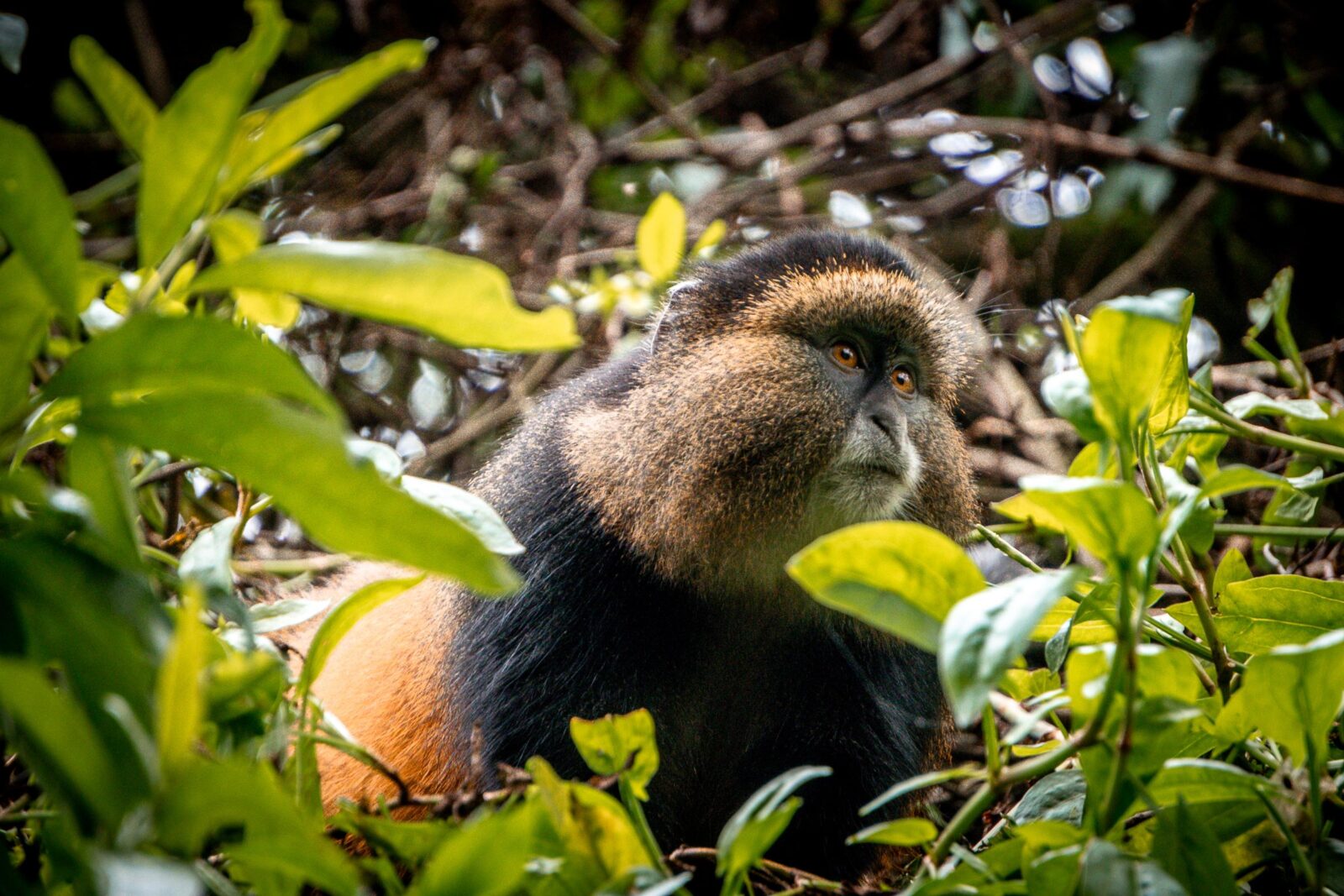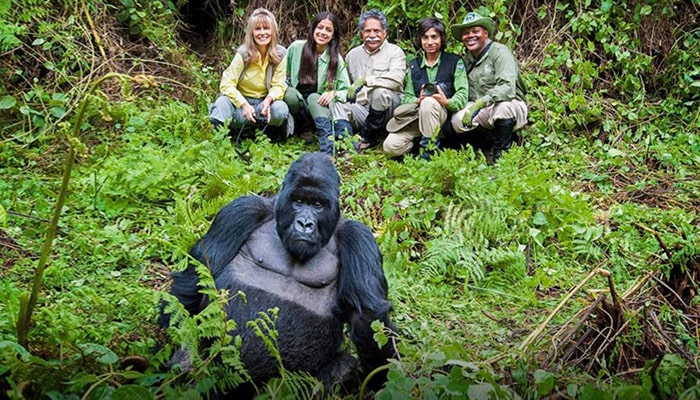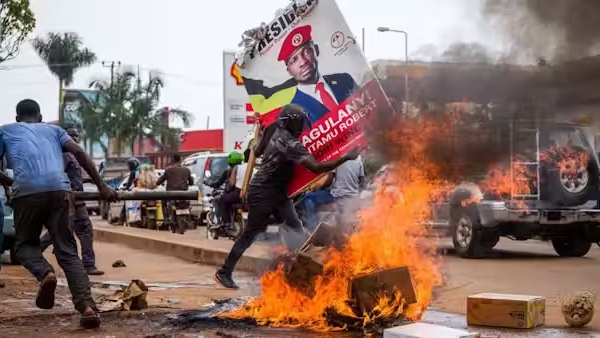Best Time to Visit Mgahinga Gorilla National Park
A Park Where Seasons Shape Adventure
In the heart of southwestern Uganda, nestled within the dramatic slopes of the Virunga Volcanoes, lies a destination that feels like a world apart. Mgahinga Gorilla National Park, though the smallest of Uganda’s national parks, is a sanctuary where ancient forests, volcanic peaks, and rare wildlife converge to create a place of breathtaking wonder. Travelers from around the globe are drawn here by the promise of extraordinary encounters—tracking mountain gorillas, observing playful golden monkeys, or climbing the rugged summits of Sabinyo, Gahinga, and Muhabura. Yet the success and comfort of such adventures are profoundly influenced by the rhythm of the seasons.
To ask about the best time to visit Mgahinga Gorilla National Park is to delve into the interplay of climate, wildlife behavior, and cultural context. Unlike destinations where one season clearly outshines another, Mgahinga reveals a more nuanced reality. Each period of the year holds unique charms and challenges, and choosing when to go is as much about personal preference as it is about practicality. This guide unfolds the intricacies of the park’s seasonal calendar, offering travelers a deeper understanding of how weather patterns, vegetation cycles, and visitor dynamics shape the experience of exploring this gem of the Virunga.
The Climate of Mgahinga: An Overview
Understanding the climate of Mgahinga is essential to planning the perfect visit. The park sits at elevations ranging from 2,227 meters to over 4,000 meters above sea level, creating a highland climate that differs significantly from Uganda’s lower-altitude regions. Here, the air is cool, the mornings crisp, and the nights often cold, with temperatures rarely exceeding 20°C during the day and frequently dropping to around 10°C at night.
The high altitude also brings about significant rainfall. On average, Mgahinga receives between 1,500 and 2,500 millimeters annually, distributed across two rainy seasons. The rains, though sometimes heavy, nurture the bamboo forests and montane ecosystems that sustain the park’s iconic wildlife. While the climate is generally temperate, weather patterns can shift quickly, with sunshine in one hour giving way to mist or showers the next. This unpredictability contributes to the sense of wilderness that defines the park.
To simplify, the year can be divided into two dry seasons—from June to August and December to February—and two rainy seasons—from March to May and September to November. Each season brings its own influence on trekking conditions, wildlife visibility, and overall visitor experience.
The Dry Season: June to August
The months of June, July, and August are often regarded as the most favorable time to explore Mgahinga. Rainfall during this period is minimal, and the trails are relatively dry, making trekking less strenuous. For those seeking to track mountain gorillas or golden monkeys, this season offers the greatest comfort, as slippery trails and muddy slopes are less of a concern.
Visibility is another advantage. With clearer skies and less fog, the dramatic landscapes of the Virunga Volcanoes are revealed in all their grandeur. Hikers who venture onto Mount Sabinyo, Mount Muhabura, or Mount Gahinga are rewarded with sweeping vistas that stretch across Uganda, Rwanda, and the Democratic Republic of Congo. Wildlife encounters also tend to be more predictable, as primates and other animals are easier to spot when dense undergrowth is less waterlogged.
This season, however, coincides with peak tourism. Travelers from around the world flock to East Africa during these months, not only for gorilla trekking but also for safaris in other parts of Uganda, Kenya, and Tanzania. As a result, permit availability for gorilla tracking in Mgahinga can become limited, and accommodations fill up quickly. For those wishing to visit in this period, early booking is highly recommended.
The Short Dry Season: December to February
The second dry season occurs from December through February, offering conditions very similar to the mid-year dry months. Trails remain relatively dry, skies are often clear, and the cool highland air makes trekking refreshing rather than exhausting. This period is particularly favored by travelers who prefer to avoid the peak crowds of June to August while still enjoying excellent weather conditions.
December and January often mark the festive season, when many visitors combine their gorilla trekking experiences with holiday travel. The landscapes remain vibrant, as rains from the preceding months sustain lush greenery that creates a photogenic backdrop for wildlife encounters. February, slightly warmer and drier, is ideal for hiking the volcanoes, as visibility tends to peak during this month.
As with the longer dry season, this period sees higher demand for permits, especially for gorilla tracking. Travelers planning to visit in December or January should secure their permits and lodging well in advance to avoid disappointment.
The Rainy Season: March to May
The first rainy season stretches from March to May, bringing frequent showers and heavier downpours. During this period, Mgahinga transforms into a lush paradise, as vegetation flourishes under the nourishing rains. For photographers and nature enthusiasts, the vibrancy of the forest is unmatched, with every leaf glistening and every hillside painted in deep shades of green.
For gorilla trekking and golden monkey tracking, however, this season poses challenges. Trails become slippery and difficult to navigate, requiring greater stamina and preparation from hikers. Rainfall may also obscure visibility, with mist often settling over the mountains for long periods. Yet for those willing to embrace these conditions, the rewards are substantial. Gorilla groups tend to stay closer to the lower altitudes during the rainy months, which can shorten trekking distances. Wildlife sightings can also feel more intimate, as fewer tourists brave the conditions, allowing for quieter encounters.
The rainy season is also considered the park’s low season in terms of tourism. This brings advantages in the form of greater permit availability, reduced competition for accommodations, and in some cases, lower costs. Travelers seeking solitude and a less commercialized experience may find this period ideal, provided they are prepared for the unpredictable weather.
The Short Rainy Season: September to November
The second rainy season, from September to November, mirrors many of the characteristics of the earlier rains. Showers are frequent, vegetation grows thick, and trails once again present a challenge for trekkers. Like March to May, this period is less popular with tourists, meaning the park is quieter, and encounters with gorillas or golden monkeys can feel more exclusive.
October and November, in particular, see heavier rainfall, making hikes to the volcanic summits more demanding. However, for bird enthusiasts, this is a rewarding time, as migratory species arrive to join the park’s resident birds. Mgahinga’s position within the Albertine Rift makes it a hotspot for birdwatching, and the rainy season heightens the diversity of avian life observable within the park.
For travelers who prioritize authenticity and the richness of an uncrowded experience, this season is deeply rewarding. The dramatic interplay of rain, mist, and volcanic peaks creates an atmosphere that feels both mystical and primal, a reminder of nature’s raw power.
Wildlife Encounters Across the Seasons
The seasonal rhythms of Mgahinga influence not only the comfort of trekking but also the behavior and visibility of its iconic wildlife. Mountain gorillas, the park’s most famous residents, can be tracked year-round, as their movements are not strictly dictated by weather. However, in drier months, reaching them is easier, while in wetter months, they often descend closer to lower altitudes, sometimes reducing trekking times.
Golden monkeys, another highlight of Mgahinga, are particularly visible during the dry seasons when bamboo shoots—their primary food source—are more accessible. Their playful nature makes them a joy to observe regardless of season, but wet conditions can make photography more challenging.
Other wildlife, including forest elephants, bushbucks, and a wealth of bird species, also respond to seasonal shifts. The rainy months attract migratory birds, adding to the diversity of sightings, while drier months increase visibility within the undergrowth, enhancing the chances of spotting mammals.
Cultural Experiences and Seasonal Considerations
Mgahinga is not only about wildlife and landscapes but also about people and culture. The Batwa, indigenous forest dwellers, share their heritage through cultural encounters and guided experiences. Visiting their communities offers insights into traditional forest life, spiritual beliefs, and survival techniques.
These cultural interactions can be enjoyed year-round, but they are often more comfortable in the dry seasons when trails to Batwa heritage sites are less muddy. However, during rainy months, the atmosphere of storytelling and cultural immersion can feel even more authentic, as the mist and rain echo the environment in which these traditions were born.
Choosing the Right Time for Your Adventure
Determining the best time to visit Mgahinga Gorilla National Park ultimately depends on what each traveler values most. Those who prioritize comfort, clear views, and predictable trekking conditions often prefer the dry seasons of June to August or December to February. Those who seek solitude, lush landscapes, and a quieter, more intimate experience may find the rainy seasons of March to May and September to November more appealing.
Every season carries trade-offs. The dry seasons bring greater ease but also larger crowds, while the rainy seasons demand resilience but reward with tranquility and depth. The beauty of Mgahinga lies in its ability to offer profound experiences regardless of the calendar, provided one arrives with preparation and an openness to nature’s rhythms.
Practical Preparations for Any Season
Regardless of when the journey is undertaken, preparation remains the key to enjoying Mgahinga to its fullest. The highland climate requires warm clothing, even in the dry seasons, as mornings and evenings are often cold. Rain gear is essential year-round, as showers can occur without warning. Sturdy hiking boots provide necessary grip on both dry and muddy trails, while gloves may assist in navigating ladders and steep sections of hikes.
Booking permits for gorilla and golden monkey tracking well in advance is crucial during the dry seasons, while flexibility and resilience are invaluable in the rainy seasons. Partnering with experienced tour operators ensures not only logistical support but also a deeper, more seamless engagement with the park’s natural and cultural riches.
Embracing Mgahinga’s Rhythms
The best time to visit Mgahinga Gorilla National Park cannot be reduced to a single answer. Instead, it is a matter of embracing the park’s seasonal rhythms and aligning them with personal preferences. Whether under clear skies in July, when the Virunga peaks tower in majestic clarity, or in the misty rains of November, when the forests drip with life and solitude prevails, Mgahinga reveals different faces of its timeless beauty.
For travelers who yearn for more than just an itinerary—for those who wish to immerse themselves in landscapes that challenge, inspire, and transform—every season in Mgahinga holds the potential for unforgettable adventure.
To ensure such experiences unfold seamlessly, travelers are encouraged to book their African tours and safaris through WildHorn Africa, a trusted partner in crafting journeys that honor both the spirit of adventure and the sanctity of conservation. With their expertise, the timeless wonder of Mgahinga awaits, ready to reveal itself in whichever season the traveler chooses to arrive.





 WildHorn Africa – Authentic and unforgettable tours across Africa, guided by local experts who know the land, wildlife, and culture best.
WildHorn Africa – Authentic and unforgettable tours across Africa, guided by local experts who know the land, wildlife, and culture best.


